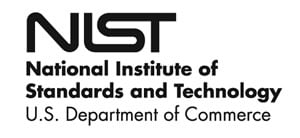RSS feed source: US Energy Information Administration
In-brief analysis
July 24, 2025
Data source: Bloomberg L.P.
Note: Annualized percentage, a widely used trading measure of price volatility, is the standard deviation for the previous quarter of daily changes in the Henry Hub front-month futures price multiplied by the square root of 252 (number of trading days in a year) multiplied by 100. Percentages are averages for that period. 1Q25=first quarter of 2025
The average historical volatility of the daily Henry Hub front-month futures price, a key benchmark for U.S. natural gas, trended downward through the first half of the year, with quarterly volatility falling from a recent high of 81% in the fourth quarter of 2024 to 69% by mid-2025. This decline marks a return to more typical seasonal patterns and reflects greater market stability as storage inventories return to levels close to the
Click this link to continue reading the article on the source website.


